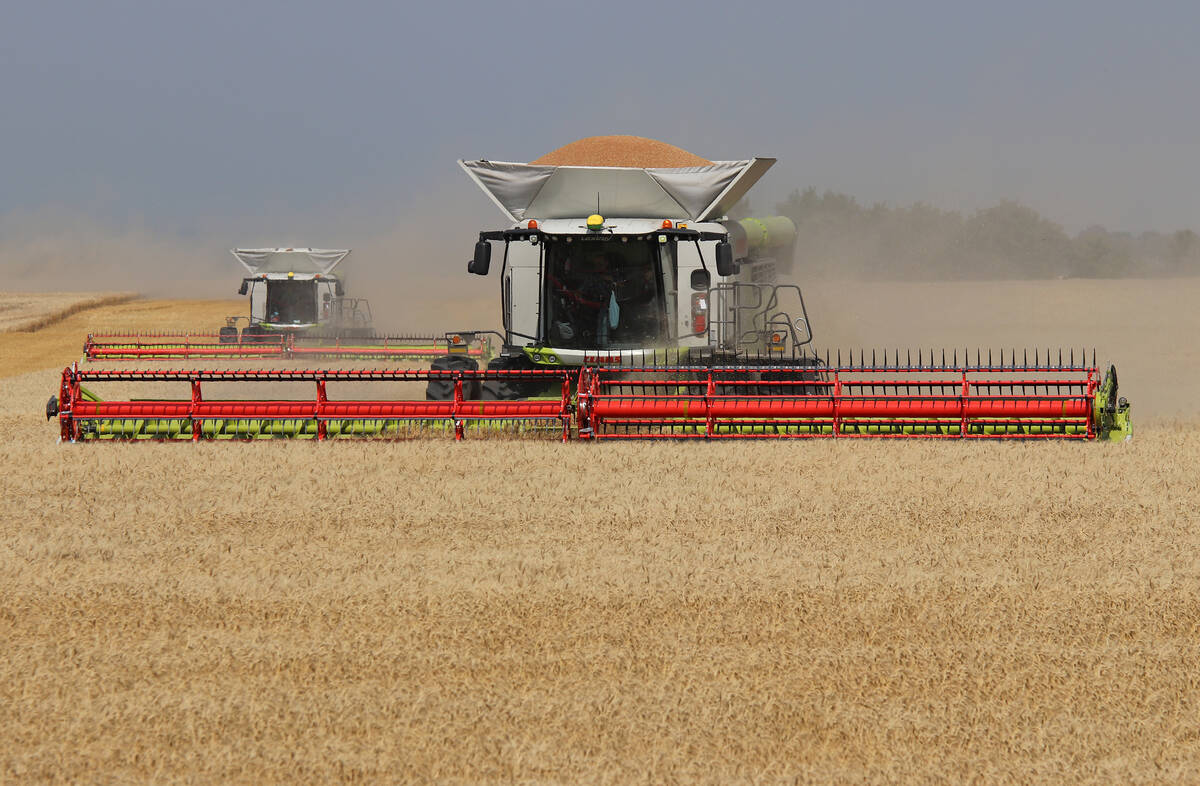Buyers say strong prices means there is an argument for more lentil acres, especially for green types
REGINA — The market is sending signals to plant more pulse crops, says an agrologist with Saskatchewan Agriculture.
“Despite tough (pulse crop) growing conditions this year, a lot of producers should be back for the coming season,” Dale Risula said last week at Canadian Western Agribition. “It keeps their rotations and spreads risk.”
Greg Simpson of Moose Jaw’s Simpson Seeds said growers should “be getting the message from the market’s signals.”
“Grow more green lentils, we aren’t producing enough to meet world demand,” he said.
Read Also

China’s grain imports have slumped big-time
China purchased just over 20 million tonnes of wheat, corn, barley and sorghum last year, that is well below the 60 million tonnes purchased in 2021-22.
“We grew 440,000 tonnes (of greens) and this year we need about 650,000.”
Demand for more lentil acres of all types is showing up in early production contracts for the crop, but buyers say that will likely start to soften as they fill the acres needed to meet future contracts, delivering in the fall of 2017 and winter 2018.
Current prices for most lentils are very strong because of the lack of higher quality product from Western Canada and the Dakotas. The quality issue is holding back sales of a three million tonne Canadian lentil crop this fall, and as a result, a carryover of 360,000 tonnes is likely.
Simpson said it will take time to find homes for the lower quality crop that is in storage, but producers shouldn’t dwell on what happened this summer. Instead, they should start making plans to take advantage of a strong market for 2017-18 crops.
“You have to ask yourself, ‘if you normally can grow a good crop of Eston (green lentils), why not plan for that?’ ” he said.
Australia had a good harvest and that product is now reaching the market. As well, the Asian rabi harvest is coming early in the new year.
Both harvests will cause short-term, seasonal weakening of lentil prices, but growers should take that into account, say marketers.
Not all prairie pulse acres were damaged, so the larger-than-average harvested acres did result in decent supplies of seed lentils.
“There are lots of good No. 2 (lentils) out there for seed, but with the market looking for acreage, the best won’t necessarily be there later on, so farmers should be making plans,” said Simpson.
The same can’t be said for chickpea seed supply. Poor growing conditions hurt sound seed supply, and that market is tightening quickly with current prices for kabuli exceeding 75 cents per pound.
Simpson said there will be a lot of durum acres in need of a rotation, and lentils are still the likely bet.














